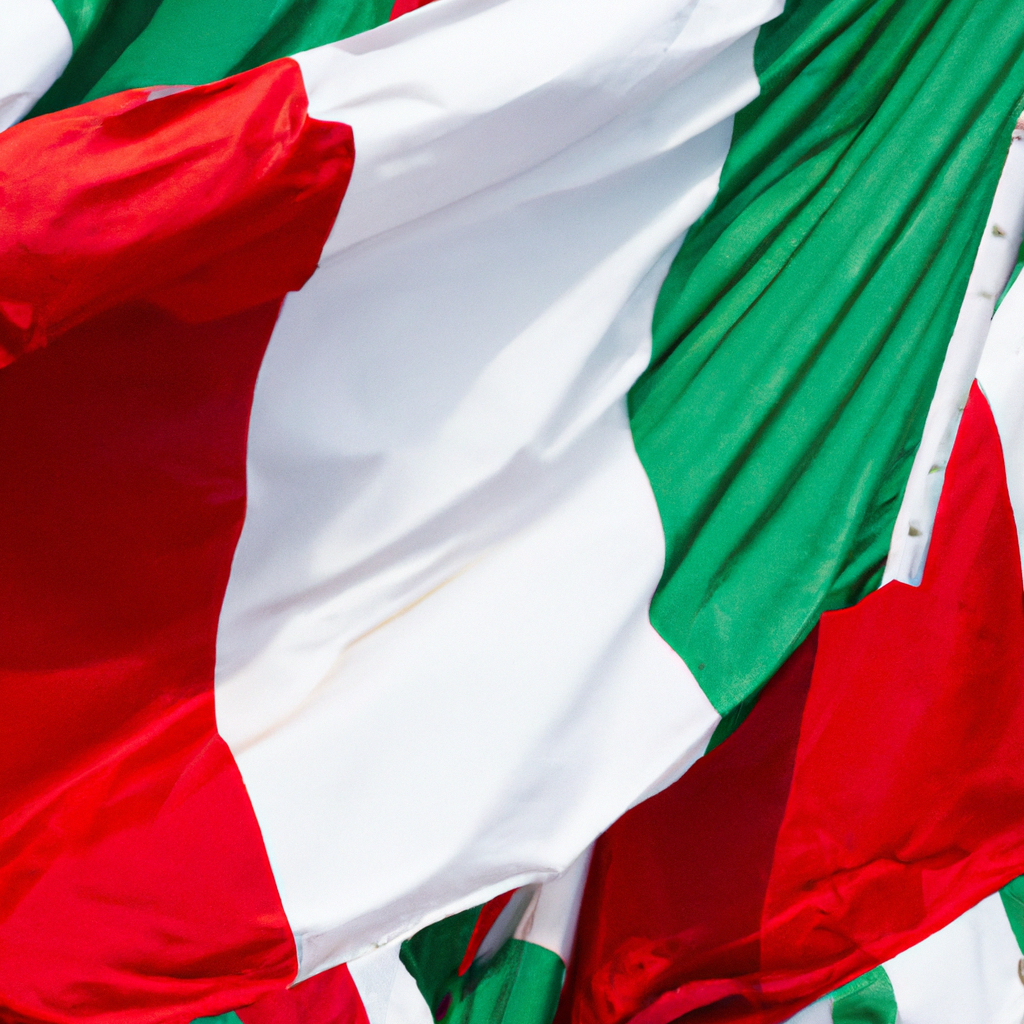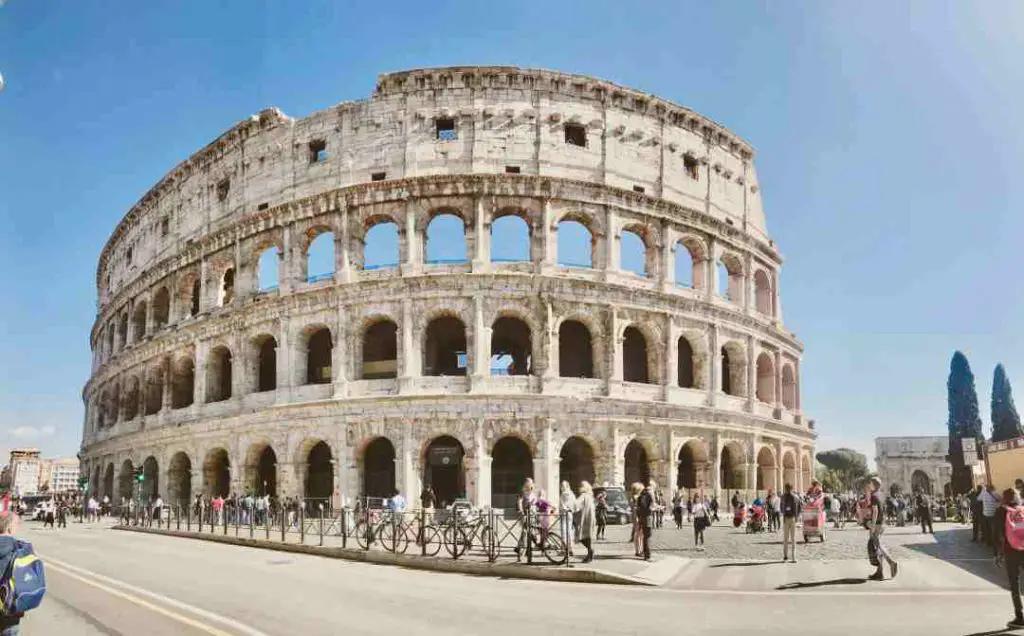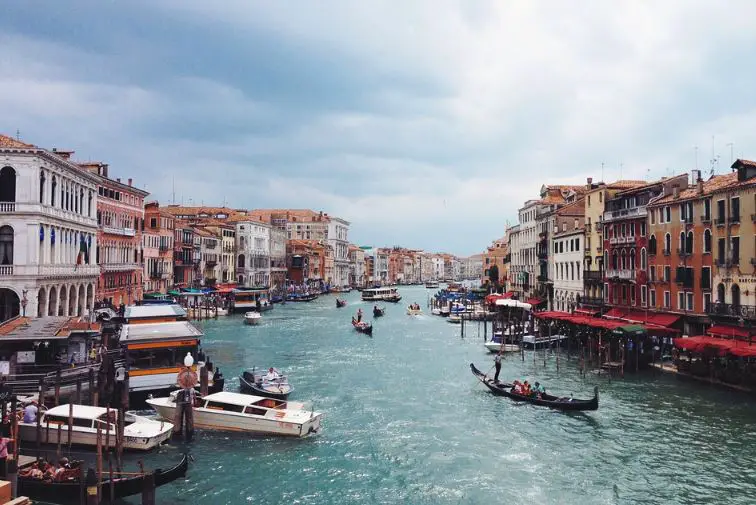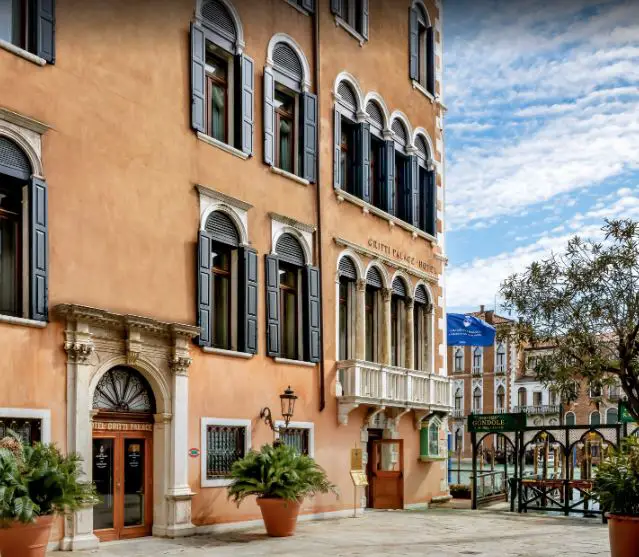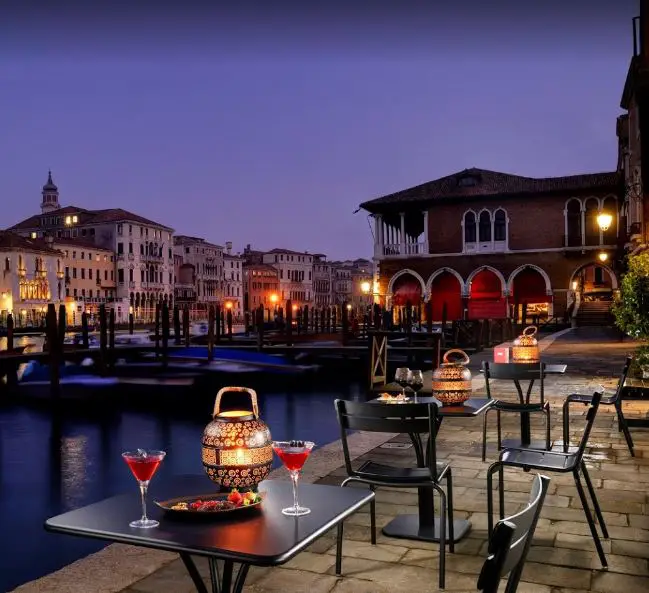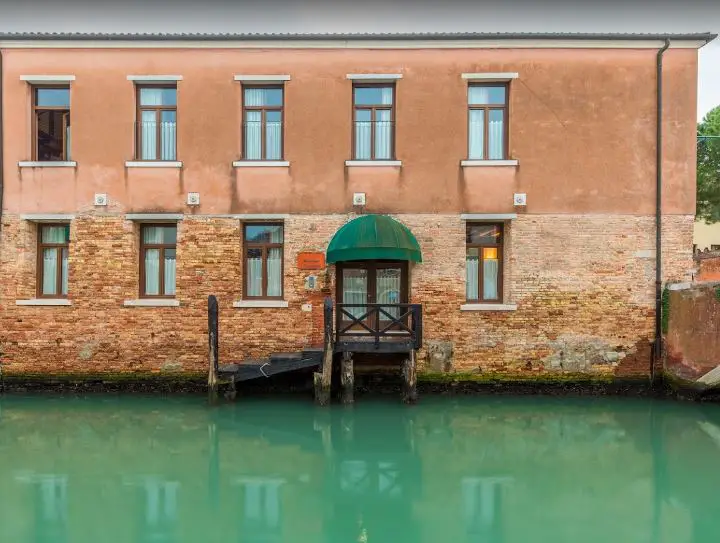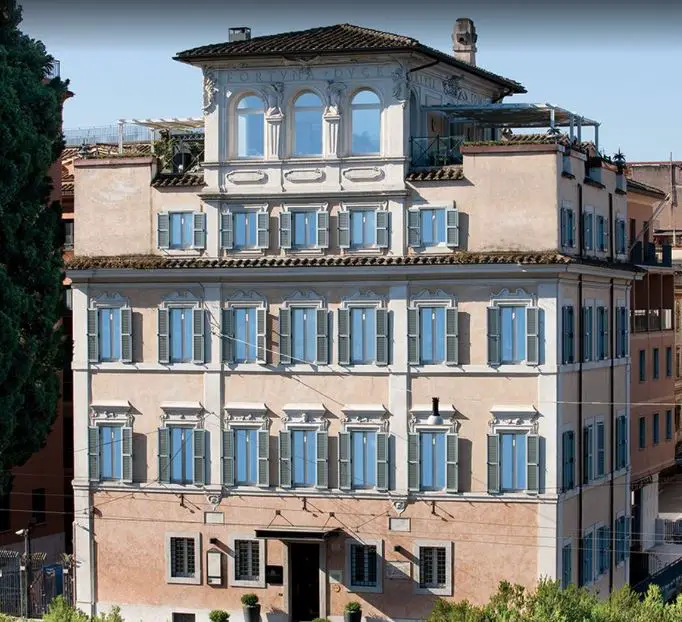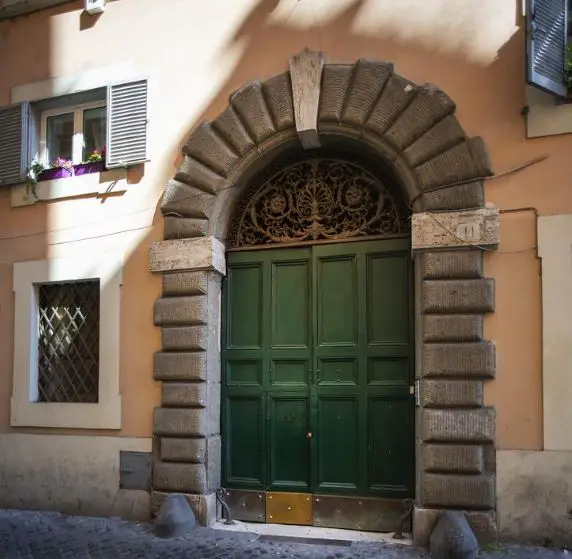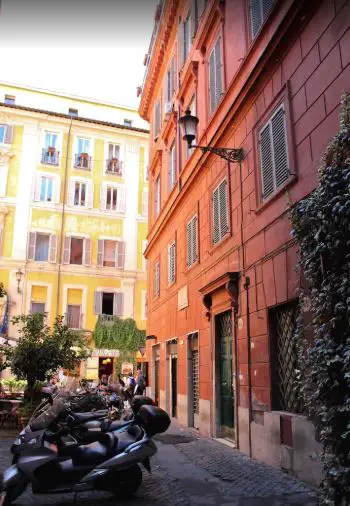What's the process for making Murano glass?
Post ByAdequate Travel
Summary
Murano glass is an iconic and beautiful symbol of Venice, Italy. Known for its bright colors, intricate designs, and exceptional craftsmanship, Murano glass has become one of the most famous and collectible pieces of glass art in the world. In this blog, we explore the fascinating and time-honored process for creating Murano glass, from the selection of materials to the final product.
Travellers can find valuable travel information for tourists, such as local customs, must-see attractions, and dining recommendations, to make the most of their trip.
Murano glassmaking follows an intricate and laborious process that begins with the glassmaker gathering molten glass onto the end of a metal rod, or "gather". This gather can then be shaped by hand, using traditional tools such as a marver and punty. It can also be manipulated by blowing and using a variaty of tools, which the glassmaker uses to shape the molten glass into its desired form.The glass is then put in a furnace called a "glory hole" and reheated. Once heated, the glass can be further manipulated to add colors and create the desired design. This is done by adding pre-made or pre-formed components into the molten glass. Slivers of colored glass are also added to add ornamentation or accents.Finally, the glassblower will anneal the piece. Annealing is a process of slowly cooling the glass piece over the course of several hours. This relieves any internal stresses in the glass and helps prevent cracking. Once cooled, the glass is ready for display.
Murano glassmaking follows an intricate and laborious process that begins with the glassmaker gathering molten glass onto the end of a metal rod, or "gather". This gather can then be shaped by hand, using traditional tools such as a marver and punty. It can also be manipulated by blowing and using a variaty of tools, which the glassmaker uses to shape the molten glass into its desired form.The glass is then put in a furnace called a "glory hole" and reheated. Once heated, the glass can be further manipulated to add colors and create the desired design. This is done by adding pre-made or pre-formed components into the molten glass. Slivers of colored glass are also added to add ornamentation or accents.Finally, the glassblower will anneal the piece. Annealing is a process of slowly cooling the glass piece over the course of several hours. This relieves any internal stresses in the glass and helps prevent cracking. Once cooled, the glass is ready for display.
Suggested Questions
- Villa Necchi Campiglio, Milan: Horror Story, History & Paranomial Activities
- Capuchin Crypt, Rome: Horror Story, History & Paranomial Activities
- Galleria Borghese, Rome: Horror Story, History & Paranomial Activities
- Grotta del Vento, Tuscany: Horror Story, History & Paranomial Activities
- Villa del Balbianello, Tremezzina: Horror Story, History & Paranomial Activities
- Abbazia di San Galgano, Tuscany: Horror Story, History & Paranomial Activities
